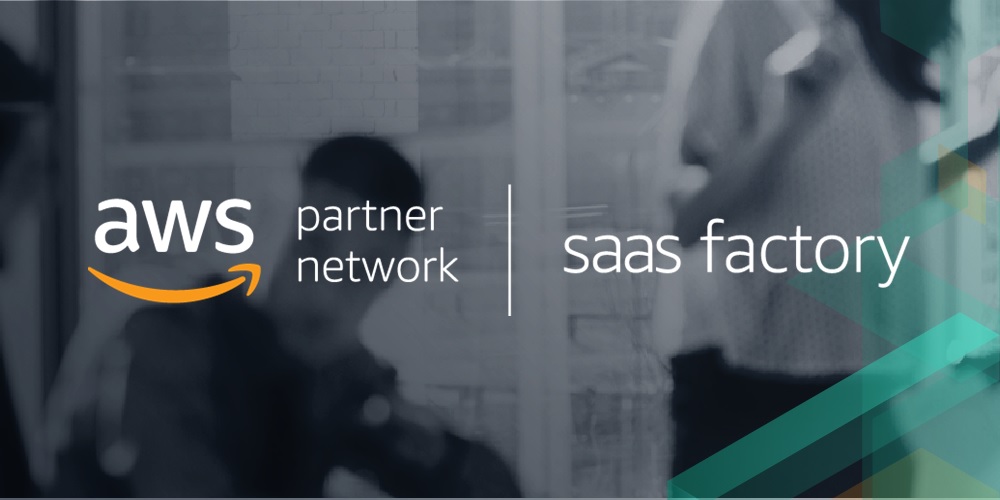AWS Partner Network (APN) Blog
Category: Serverless
Building Serverless Event-Driven Applications with MongoDB Realm and Amazon EventBridge
Businesses are faced with ever-increasing complexity of the systems they need to run in order to stay agile and competitive. The complexity can develop over time as new systems are integrated but old ones are not retired sufficiently fast. It can also develop intentionally, such as when a monolith is decomposed into microservices. In this post, learn how to build modern, event-driven serverless applications and how MongoDB Atlas and Realm products complement serverless architectures.
Complexities and Best Practices for AWS Lambda Logging
Serverless has many benefits, but logging from AWS Lambda is like an artistic, creative process. It requires thought and vision to bring together the pieces and assemble them into something organized and functional. The Big Compass Serverless Logging Framework is also a validated AWS solution that helps standardize logs across teams, business units, and Lambdas, easing the burden of implementing a complicated logging framework.
Preventing Malware in Serverless Web Applications with SophosLabs Intelix
Building web applications in a serverless environment has brought many advantages, but with every big shift there are certain practices such as malware protection that need to be reinvented. Organizations need a solution that’s easy to query from web application via API with no infrastructure required. Learn how SophosLabs Intelix offers a suite of APIs which provide specific, actionable intelligence about files.
CoDetect: A Serverless AI-Powered Web App for Detecting Medical Conditions in CT Scans
DXC Technology created a serverless artificial intelligence-powered solution called CoDetect to help detect manifestations of COVID-19 (and other medical conditions) in CT scans. Learn about the AWS services DXC chose for this solution, and explore two functional use cases that demonstrate the benefits of DXC’s CoDetect design and implementation approach. CoDetect is a web-based app that allows end users to submit CT scan studies for an AI model analysis.
Storing Multi-Tenant SaaS Data in a Serverless Environment with Amazon Keyspaces
With Amazon Keyspaces, AWS has enabled SaaS providers to run their Apache Cassandra workloads using a fully managed, serverless offering. This option allows you to leverage the strengths of Cassandra while getting all of the scale, cost, reliability, and operational efficiency that comes with a managed model. Learn how Amazon Keyspaces can be used to store data in a multi-tenant architecture and review common models for partitioning each tenant’s data.
Leveraging Serverless Architecture to Build an Enterprise Data Repository Platform for Customer Insights and Analytics
Moving data between multiple data stores requires an extract, transform, load (ETL) process using various data analysis approaches. ETL operations form the backbone of any modern enterprise data and analytics platform. AWS provides a broad range of services to deploy enterprise-grade applications in the cloud. This post explores a strategic collaboration between Tech Mahindra and a customer to build and deploy an enterprise data repository on AWS and create ETL workflows using a serverless architecture.
How to Implement Object-Based Authorization in Serverless Applications Using Amazon Cognito
When building a complex web service such as a serverless application, sooner or later you must deal with permission control. Amazon Cognito is a powerful authentication and authorization service managed by AWS and is often combined with Amazon API Gateway and AWS Lambda to build secure serverless web services. Through the blueprint of an AWS Lambda authorizer, learn how to implement object-based authorization in serverless applications on AWS.
How to Build a Real-Time Gaming Leaderboard with Amazon DynamoDB and Rockset
For microservices that predominantly write data, Amazon DynamoDB provides an “always on” experience without the need for careful capacity planning, resharding, and database maintenance. These capabilities make DynamoDB a popular database service for various parts of game platforms like player data, game state, session history, and leaderboards. Learn how to pair Amazon DynamoDB with an analytics solution like Rockset to automatically index your data for fast search, aggregations, and joins at scale.
Quickly Build End-to-End Integrations to SaaS Partner Event Sources and AWS Services with Amazon EventBridge
AWS introduced Amazon EventBridge partner event source integrations to showcase reference architectures and end-to-end use cases that help you get started quickly with integrating SaaS partners in your own applications. Fully open source, these solutions include code and AWS Serverless Application Model (SAM) templates that can be customized and extended to fit your application’s needs. The reference architectures include AWS Quick Starts and GitHub code to ease integration.
How Kloia Helped GoDataFeed Modernize Monolithic .NET Applications with AWS Serverless
Many enterprises have .NET Framework legacy applications they need modernize and convert to cloud-native. One of the largest product feed automation and optimization platforms, GoDataFeed has a back-end platform that ingests millions of items of catalog data from multiple sources. Learn how Kloia addressed GoDataFeed’s challenges by transforming their legacy .NET Framework monolithic application into a .NET Core-based decoupled architecture.









